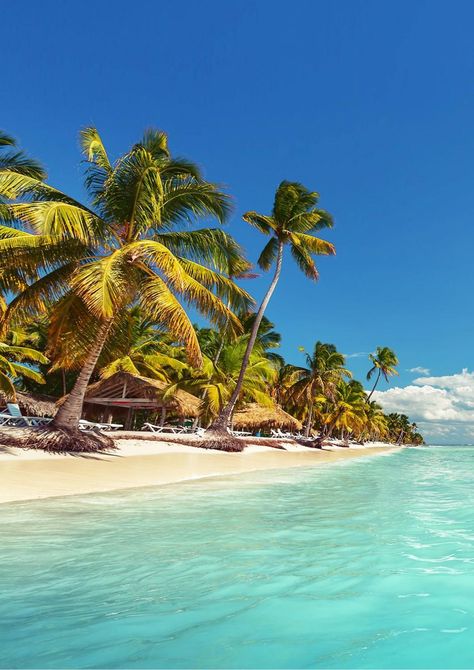
Free Images of Pixabay
Brief History of the Discovery of Brazil
It was the Tupinamba Indians, one of the native populations of the South American continent, who first settled in Brazil. Later in the 1500s, it was discovered by a Portuguese diplomat named Pedro Alvares Cabral while on his way to India. Their fleet landed in Porto Seguro, a port between Salvador and Rio de Janeiro. When they have officially settled in Brazil, the Portuguese’s goals include “monopolize the lucrative trade of pau-brasil (a type of redwood which adapted for the current country’s name), and establish permanent settlements” (The New York Times). Soon, the Portugueses enslaved the Indians for their workforce.
Since its discovery, various countries such as England, France, and Holland, have aggressively conquered Brazil from Portugal. Nevertheless, Brazil remained part of Portugal; however, cannon established a “strong central government” in a new continent. The monarchy of Portugal has relied on ranks such as “captains” and low ranking nobles in Brazil. That is why the monarch has decided to promote a governor-general to oversee Brazil and appointed Bahia (now Salvador) as the capital. In 1763, Rio de Janeiro became the capital of Brazil because of political and administrative reasons.
On September 7, 1822, Pedro I, the son of Dom Joao VI, proclaimed the independence of Brazil after the fall of Napoleon and the departure of his father. He established the Brazilian empire. In 1888, Princess Isabel, Pedro II’s daughter, ended slavery in Brazil. The royal family was forced to leave Brazil with the unity of the military and landowners after slavery was disembedded. On November 15, 1889, the first republican government of Brazil was founded. In 1960, Brasilia became the capital of Brazil.
RESOURCE:
A Brief History of Brazil. The New York Times. Retrieved from: https://archive.nytimes.com/www.nytimes.com/fodors/top/features/travel/destinations/centralandsouthamerica/brazil/riodejaneiro/fdrs_feat_129_9.html?n=Top/Features/Travel/Destinations/Central+and+South+America/Brazil/Rio+de+Janeiro
TOP ATTRACTIONS IN BRAZIL
1. Christ the Redeemer

Located in Rio de Janeiro, this large giant statue of Jesus Christ stands at the top of the Tijuca National Park. This 30-meter statue was created by Polish-French sculptor Paul Landowski and Brazilian engineer Heitor da Silva. The Christ the Redeemer is part of the New Seven Wonders of the World.
Free image by Pixabay
2.SugarLoaf

wikipedia
Located in Rio de Janeiro, the rock peak of Sugar Loaf rises 394 meters above sea level. You can ride a cable car from the lower peak up to the top of Sugar Loaf. Its features are like a traditional shape of concentrated refined sugar.
3.Iguacu Falls

Free image by Pixabay
If you are looking for what meets Brazil, Paraguay, and Argentina together, the Iguacu Falls is the place you are wondering about. This UNESCO World Heritage Site is a semicircle of 247 waterfalls that are more than 100 meters high. It’s so many it covers three countries! It also has catwalks and a tower so you can see the falls from various perspectives. You can even cross countries through these bridges.
4.Copacabana Beach

Image by Aontonia Felipe
This beach in Rio de Janeiro is one of the world’s most beautiful beaches. With its 4-km white sand and stunning beach, it is visited by all beach lovers worldwide. Copacabana is almost a self-contained city; its traffic congestion has been progressively eased by the construction of tunnels and a subway system to connect it with other parts of Rio de Janeiro as well as by a major landfill project that reconstructed the beach beyond a substantially widened Avenida Atlantica.
A Princesinha do Mar or Princess of the Sea. Copa (short for Copacabana) is a paradise with stunning beaches, lively streets, where the party never seems to stop. Apart from being Rio’s egalitarian and eclectic neighborhood, romance and glamour are its obvious trademarks.
5.Salvador’s Pelourinho

Free Image by Pixabay
Located in Salvador, the Cidade Alta, also known as “the Pelourinho,” is a UNESCO World Heritage Site known for its 17th- and 18th-century colonial buildings. This is where you’ll find Salvador’s beautiful churches and monasteries built during the Portuguese colonialization.
6.Art Museums of Sao Paulo
This museum holds the art collections of Sao Paulo that consist of artworks of artists from the Renaissance period up to the modern times. The buildings are also the homes of architectural landmarks as well. This museum is considered the home of the best collections in fine arts in Latin America.

Free Image by Pixabay
7.Amazon Rain Forest
Brazil contains 60% of the Amazon Rain Forest, the largest rain forest in the world.
Amazon Rainforest is responsible for producing than 20% of the world’s oxygen, which is why it is many times referred to as “Lungs of the Earth”. While it covers only 3.4 million square miles – less than 2% of the Earth’s surface – the Amazon produces more than 10 times that amount’s worth of the world’s oxygen!
Something interesting that I gathered regarding the history of the Amazon Women, that on June 3 ,1542,

Free Image by Pixabay

